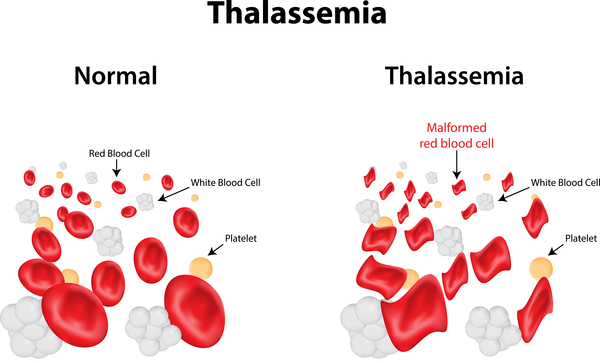Contents:
- Initiative to enhance indigenous content in shipbuilding
- International Thalassemia Day
Initiative to enhance indigenous content in shipbuilding
Focus: GS-2- Government Policies and Interventions
GS-3: Growth and Development, Infrastructure
Why in News?
The Indian Coast Guard (ICG) and Jindal Steel & Power (JSP) recently signed a Memorandum of Understanding (MoU) for the supply of indigenous marine grade steel to enhance the indigenous content in shipbuilding.
The initiative aims to foster indigenisation, enhance capabilities to produce and use these items in the Nation’s interest.
India’s Maritime Sector:
- With control over a marine territory spanning 8,118 kilometers, India exercises primary jurisdiction over its maritime expanse.
- The presence of 118 minor ports and 12 major ports facilitates the annual movement of 1400 million tonnes of cargo, crucial for the nation’s trade and economic advancement.
- Moreover, the diverse marine life in India’s coastal waters, comprising approximately 665 fish species, sustains the livelihoods of 40 lakh fishery workers involved in related activities.
- Seventeen crore people inhabit coastal regions, and there are an estimated twenty lakh cubic meters of oil and natural gas within our maritime borders.
- India ranks as the 16th largest maritime nation globally. Presently, maritime transportation in India manages 95% of trade volume and 68% by value.
- India stands among the top 5 countries worldwide for ship recycling, commanding a 30% share in the global ship recycling market.
- Additionally, it possesses over 30% of the global market share in the ship-breaking industry, housing the world’s largest ship-breaking facility at Alang, Gujarat.
- As of December 2021, India’s fleet boasted a Gross Tonnage (GT) of 13,011 thousand. However, India’s fleet capacity represents only 1.2% of the world’s fleet, and it handles merely 7.8% of India’s EXIM trade (as of 2018-19), according to the Economic Survey 2021-2022.
- In 2017, the government introduced the ambitious Sagar Mala Program with the aim of fostering port-led development and bolstering logistics-intensive industries.
- The Maritime India Vision 2030 has outlined more than 150 initiatives aimed at enhancing the Indian maritime sector.
International Thalassemia Day
Focus: GS II- Health
Why in News?
International Thalassemia Day is a global healthcare event commemorated every year on May 8th to raise awareness on Thalassemia among the masses.
- This year’s theme, “Empowering Lives, Embracing Progress: Equitable and Accessible Thalassemia Treatment for All,” encapsulates the collective mission toward universal access to comprehensive Thalassemia care.
- Union Health Secretary stressed on the importance of timely detection and prevention of Thalassemia to tackle the disease and the need for wide awareness around the subject.
- Currently, there are almost 1 lakh Thalassemia patients in the country, with approximately 10,000 new cases reported each year.
About Thalassemia:
- Thalassemia is a genetic blood condition in which the body generates insufficient haemoglobin. Haemoglobin is a protein molecule found in red blood cells that transports oxygen. Anemia is caused by the severe loss of red blood cells caused by this illness.
- Anaemia is a condition in which the number of red blood cells or haemoglobin is lower than usual.
- It is a hereditary disorder that is caused mostly by faulty haemoglobin production. It is passed down by one of the parents who is a carrier of the disease due to a genetic mutation or deletion of specific critical gene segments.
- Parents are usually asymptomatic as carriers and there is a 25 per cent chance of passing it on to their children.
- Acute thalassemia may require regular blood transfusions, whereas mild thalassemia does not require therapy.
- Effects:
- It affects all organs of the body. It starts with the bone marrow being unable to produce adequate haemoglobin.
- The liver and spleen also come under pressure and overworked.
- Sometimes thalassemics experience facial bone deformities.

Importance of preventive screening and awareness:
- A person living with thalassemia has a life-long struggle.
- The cost of maintaining a child with Thalassemia Major is almost Rs 2 lakh per year.
- The rate of picking up a Thalassemia trait is 3-4 per cent. This means for every 100 people screened, there would be at least three to four people detected with the trait.
- Hence preventive screening is an important measure.
- Testing people for Thalassemia carrier status in society is very important to prevent the birth of a single Thalassemic child.




